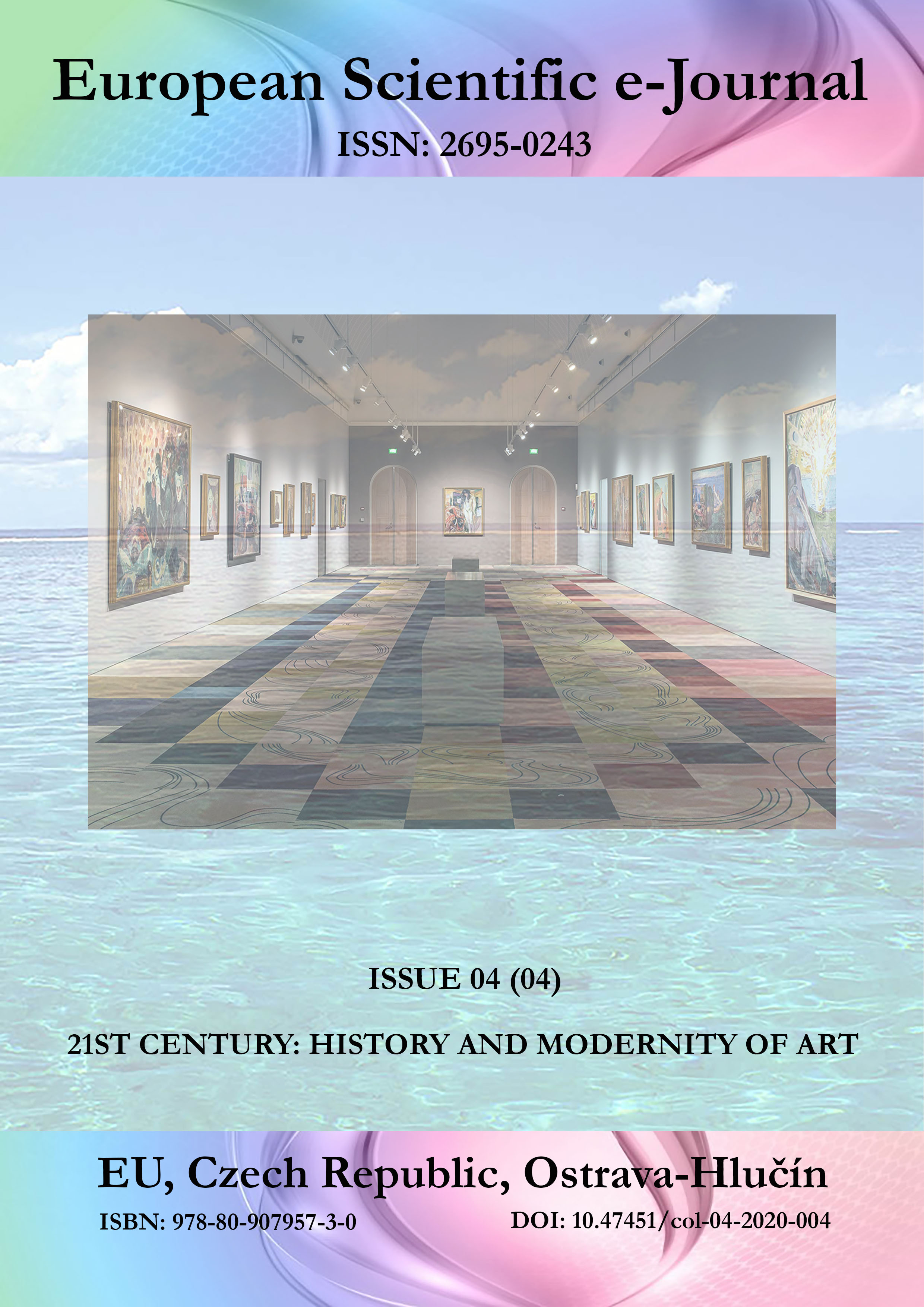Theatre Semiotics in the 21st Century
DOI:
https://doi.org/10.47451/art2020-11-004Keywords:
theatre, art, acting communication, embodiment, physical, training, gesture, language, system, culture, expressivity, human dynamicsAbstract
The role of the actor has been in continuous change across time. Therefore, the teaching paradigm needs to be transformed to meet the 21st century needs and interests. Theatre is not only an aesthetic tool in contemporary society but also an instrument in transmitting social, political and cultural information. The body of the actor contains within itself a system of verbal and non-verbal communication mechanisms that one must master in order to create dialogue across the globe. The author concludes that in the contemporary world, countless systems of communication are integrated which are subject to interpretation. Spoken language can be interpreted differently by people from different cultural contexts; that is why, through the training proposed in the present research, the actor can communicate and interact freely, without fear of being misunderstood through body language.
Downloads
References
Aston, E., & Savona, G. (1991). Theatre as a sign-system. A Semiotics of Text and Performance. London, New York: Routledge.
Barba, E. (2003). A Paper Canoe. Unitext.
Brook, P., Murray, S., & Keefe, J. (2016). Physical Theatre. A Critical Introduction. London, New York: Routledge.
Desmond, M. (2002). People watching. The Desmond Morris guide to body language. Vintage.
Desmonds, M. (1967). The Naked Ape. A Zoologist’s Classic Study of the Urban Animal. Jonathan Cape Ltd.
Heidegger, M. (1982). The Origin of the Work of Art. Univers. Bucharest.
Hodge, A. (2010). Actor Trainig. London, New York: Routledge.
Kemp, R. (2012). Embodied Acting. What neuroscience tells us about performance. London, New York: Routledge
Malaev-Babel, A. (2011). The Vakhtangov Sourcebook. London: Routledge.
Martha, E. (2009). A brief history of somatic practices and dance: historical development of the field of somatic education and its relationship to dance. Journal of Dance & Somatic Practices, 1.
Norbert, E. (2002). The Civilizing Process. Translated by Monica-Maria Aldea. Iaşi: “Polirom” Publishing House.
Ralea, M. (1972). Lectures on Aesthetics. Bucharest: Ştiinţifică.
Sanderson, M., & Evans, M. (2009). Movement Training for the Modern Actor. London, New York: Routledge.
Published
Issue
Section
License
Copyright (c) 2025 European Scientific e-Journal

This work is licensed under a Creative Commons Attribution 4.0 International License.
The European Scientific e-Journal (ESEJ) is an open access journal. Articles are available free of charge as PDF files on the website of the European Institute for Innovation Development. PDF files can be previewed with Acrobat Reader from www.adobe.com.
All articles of the “Tuculart Student Scientific” are published under a Creative Commons Attribution 4.0 Generic (CC BY 4.0) International license.
According to the Creative Commons Attribution 4.0 Generic (CC BY 4.0) International license, the users are free to Share — copy and redistribute the material in any medium or format for any purpose, even commercially (the licensor cannot revoke these freedoms as long as you follow the license terms).
Under the following terms:
- Attribution — You must give appropriate credit, provide a link to the license, and indicate if changes were made. You may do so in any reasonable manner, but not in any way that suggests the licensor endorses you or your use.
- No additional restrictions — You may not apply legal terms or technological measures that legally restrict others from doing anything the license permits.


